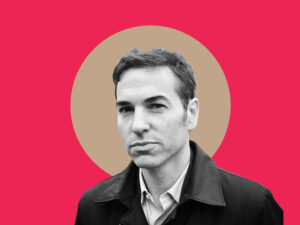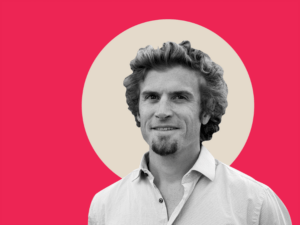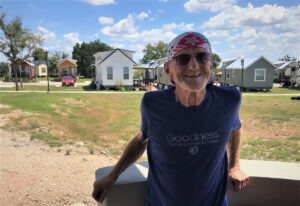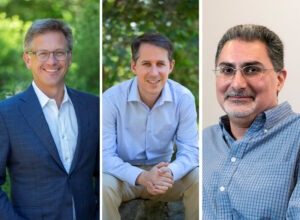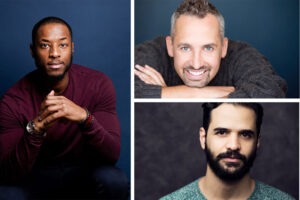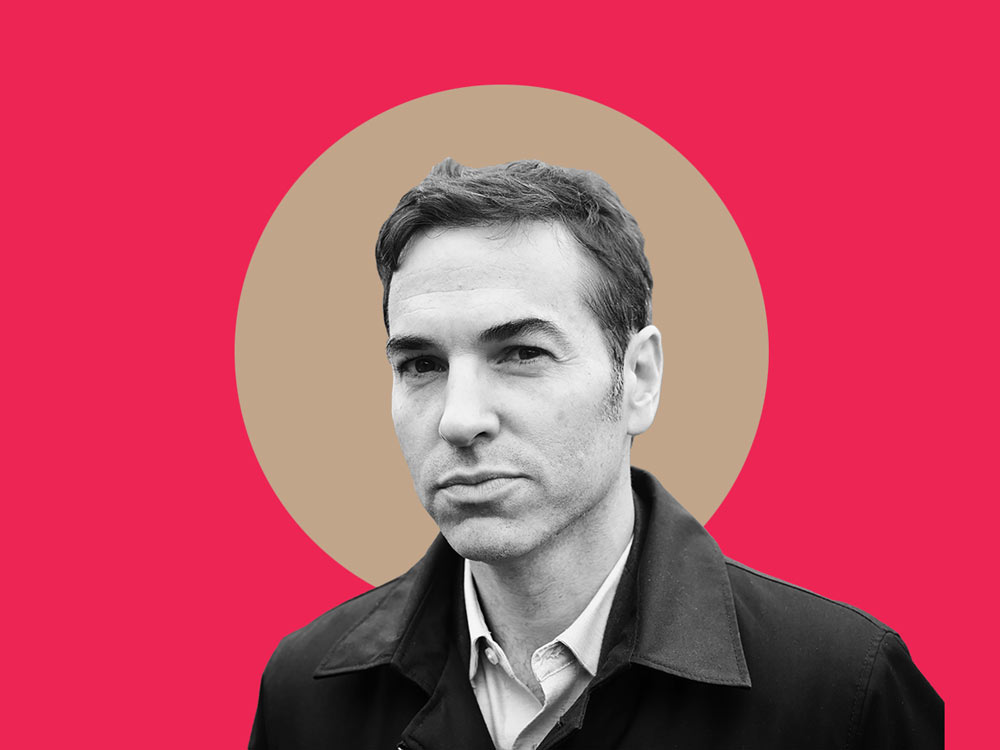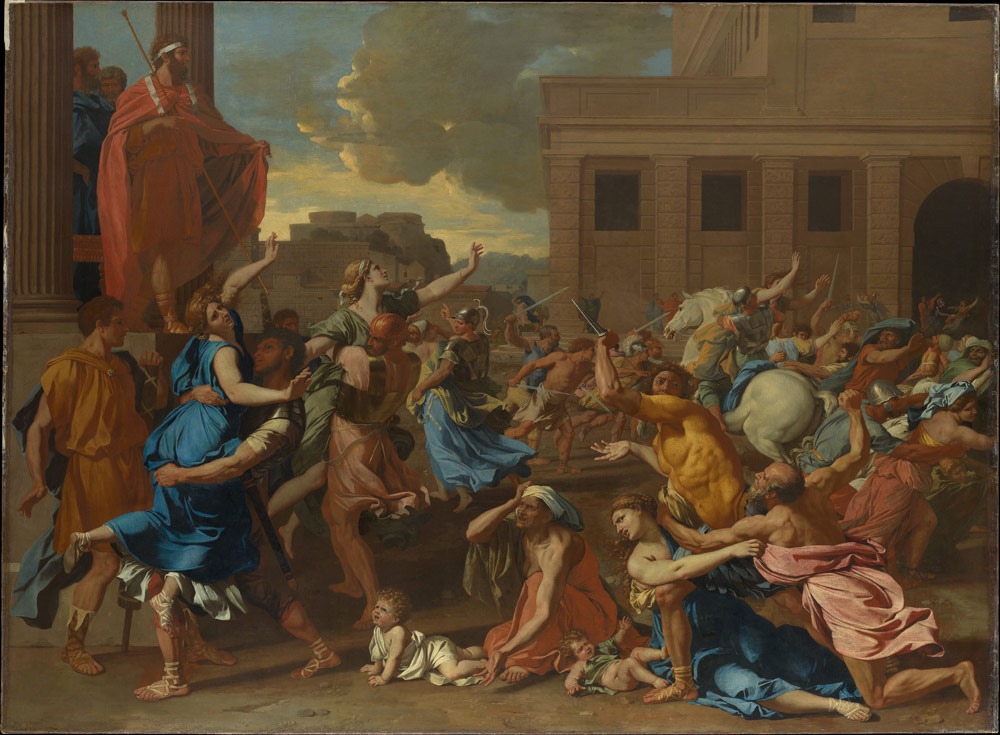American communities are still reeling and healing from recent gun violence, including the June mass shooting at a church in Charleston, S.C., and the gang violence that killed 10 people over July 4th weekend in Chicago. But our guests say there is something we can do about gun violence. To get there, we have to stop looking at the problem through a victim/perpetrator lens and begin tackling it at its root, like an infectious disease.
Autry Phillips has experienced gang violence close up. The church leader and community activist has spent much of his career working on the streets of inner-city Chicago. He says a decade ago, the Auburn Gresham neighborhood where he worked was in an uproar, with up to 50 shootings a year.
“We prayed on the corners, we prayed for the people that were shooting and the people that were being shot, their parents, their loved ones,” he tells Tiny Spark. “So when we met the Doc, it was honestly more of an eye-opening for most of us.”
“The Doc” is Gary Slutkin, a physician and epidemiologist trained in infectious diseases. He fought cholera and tuberculosis in Somalia in the 1980s before moving on to the World Health Organization. He has worked in more than 20 countries, including Uganda, where he tried to curb the spread of HIV/AIDS.
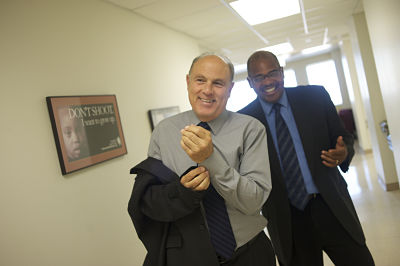
After a decade abroad, Slutkin returned home to the U.S. and found himself drawn to the gun violence problem. He began looking for patterns by examining charts, graphs and maps of where people were getting killed and then he had a revelation. “This is the same kind of graph that I’ve been dealing with my whole life. This is the same kind of map, same kind of clustering. I just said, ‘This is behaving exactly like an infectious disease.’”
So Slutkin decided he would approach violence the same way he had curbed killers like HIV and TB: by getting people to change their behaviors. He would train and deploy teams of local residents who were living in high-risk communities – people who knew gang leaders and those at risk of committing violence. Slutkin’s program used to be called CeaseFire, now goes by Cure Violence, and was featured in the acclaimed 2011 documentary The Interrupters.
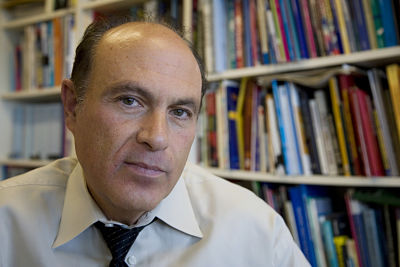
For Phillips’ part, he admits he was skeptical of the program initially, believing change should come from within the community, not from an outside “savior.”
Eventually Phillips came around to the program, realizing that his Chicago community – not Slutkin – would own the problem and solution. “It was like a light bulb came off,” Phillips recalls. “That it wasn’t about trying to stop people from shooting, but it was more about changing the norms of individuals. How we do that is by using outreach workers on the street making other people believe what we believe; that, one, change can happen, and two, change will happen if we work this together.”
That means sending teams of trained community leaders into situations where someone is about to kill a rival. “The best thing that we can do for that individual is remind him of the consequences of pulling that trigger,” Phillips says. “We ask him to think past right now, and it’s two hours later. You’ve pulled the trigger. Someone else is dead. And now the police is looking for you. … How is this going to affect you, two hours from now?”
Sign up for our free newsletters
Subscribe to NPQ's newsletters to have our top stories delivered directly to your inbox.
By signing up, you agree to our privacy policy and terms of use, and to receive messages from NPQ and our partners.
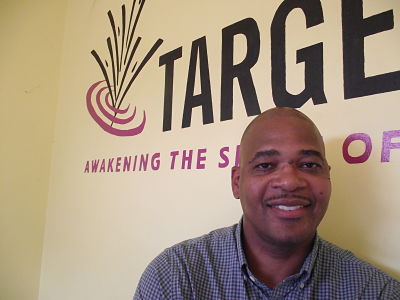
So how does Phillips remain hopeful and engaged amid recent high profile shootings, like the one at a church in Charleston, where Dylann Roof killed nine people? He points to one moment that gave him hope: when family members told Roof they forgave him.
“In order for someone to have that much strength after seeing their loved ones gunned down like that inside of a church at a Bible study, what would give someone that much strength?” he asks. “It has to be the reason why individuals who do the work that I do get up every night, get up every morning, and come back to work. Because it’s hope. And the thing is, we’re not going to allow the terrible things that have happened to us take that from us. We’re going to continue to believe that change is possible,” he says.
Additional resources:
PRI’s The World shared our story: Can we decrease gun violence by treating it like an infectious disease? Signs point to yes
NPR’s Goats & Soda shared our story: You Can Stop Gun Violence The Same Way You Stop AIDS Or TB
Dr. Gary Slutkin’s 2013 TEDMed talk: Can Violence Be Cured?
Next City: Can a Chicago Cure for Violence Make a Man Stop Beating His Wife?
CNN: Chicago’s $8 million push to protect students from gangs
Autry Phillips’ grassroots and social justice organization: TARGET Area Development Corporation


